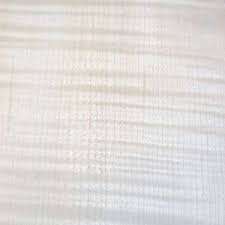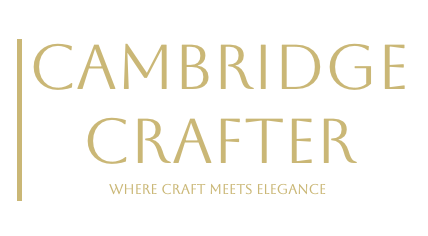
Rippled Sycamore
Rippled Sycamore refers to wood from the Sycamore Maple (Acer pseudoplatanus), a deciduous hardwood tree native to Central Europe and Western Asia but widely naturalised in the UK, where it’s often simply called “Sycamore.” It grows to 50–100 feet tall with trunk diameters of 2–4 feet, thriving in a variety of soils, commonly found in mixed woodlands, parks, and urban areas due to its tolerance of wind and pollution. The “rippled” or “fiddleback” figuring is a rare and highly sought-after characteristic in this species.
The heartwood of Rippled Sycamore is typically a pale creamy white to light golden yellow, often with a subtle pinkish or greyish tint, while the sapwood is nearly indistinguishable, blending seamlessly. The rippled figuring, also known as fiddleback, is what makes this wood exceptional—it features a tight, wavy grain pattern that creates a shimmering, three-dimensional effect, resembling gentle ripples or waves across the surface. This figuring is most pronounced when the wood is quartersawn, with the ripples running perpendicular to the growth rings, often highlighted by faint darker streaks or medullary rays that add depth. The texture is fine and even, with a high natural lustre that enhances its chatoyancy—a light-reflecting quality that makes the ripples appear to shift under different angles of light.
Rippled Sycamore has a density of around 550–650 kg/m³, making it a moderately hard and strong wood with good stability once seasoned. It’s not particularly durable, with poor resistance to decay and insects, so it’s best suited for indoor applications unless treated. The rippled grain can make it slightly more challenging to work than straight-grained sycamore, as it’s prone to tearout during planing or sawing, requiring sharp tools and careful handling. It glues, stains, and finishes beautifully, with the rippled figuring often showcased by a clear finish like oil or lacquer, which accentuates its luminous quality. Its light colour also makes it an excellent candidate for staining to mimic other woods.
When worked, Rippled Sycamore has a mild, slightly sweet scent, typical of maples, with no strong aroma. In the UK, it’s highly prized for decorative uses, such as fine furniture, cabinetry, and veneer, where its unique figuring can be the focal point—think elegant table tops or dresser panels. The fiddleback pattern makes it a favourite for musical instruments, particularly violin backs (hence “fiddleback”), as well as for turned objects like bowls, pens, or spindles, often seen in British craftsmanship for its aesthetic appeal. It’s also used in marquetry and inlays, where its light colour contrasts beautifully with darker woods.
Rippled Sycamore is rarer and more expensive than straight-grained sycamore due to the scarcity of the fiddleback figuring, which occurs naturally in only a small percentage of trees. Acer pseudoplatanus is not listed on CITES Appendices and is considered of least concern by the IUCN, as it’s widespread and often considered invasive in the UK due to its prolific seeding. However, rippled figuring is a natural anomaly, making such pieces less common and more valuable. In the UK, it’s often sourced from sustainable forestry or urban trees felled for maintenance, making Rippled Sycamore a premium choice for projects where its stunning visual effect can shine.
